NUTRITION CLASSES FOR HEALTHIER LIVING
Do you know how to cook maitake mushrooms? Or how to prepare bok choy? And what’s the difference between acorn squash and spaghetti squash? Our Nutrition Education team answers questions like these at nearly every event they attend. The idea is to set people up for success through thoughtfully prepared menus.
LEARNING HOW TO COOK NEW FOODS
People like Kamurrah, a retired seamstress and artist living on a fixed income in San Francisco. She relies on our food pantry at Bayanihan House for much of her weekly groceries. She recently attended a Nutrition Education class at the pantry to learn how to cook some of the food she received recently. “I love the Food Bank,” Kamurrah says, “I have never eaten so well in my life. With the pantry, I try all kinds of fruits and veggies that I’ve never seen before. But I try it, and I’m always getting new foods that I like. There are vegetables that I didn’t even know how to eat, but I learned how because of the Food Bank.” The classes have expanded her horizons and have empowered her with the skills needed to cook and eat fresh foods she would not have known about or chosen otherwise.
FEDERAL GUIDELINES FOR HEALTHIER LIVES
The Food Bank’s food sourcing policy is grounded in the USDA’s Dietary Guidelines for Americans: We always include fresh produce, healthy grains, and proteins in every bag or box of food we send into the community. In fact, 60% of the food we distribute is fresh produce. So, it’s essential that we also empower the people we serve by providing information and education to support healthy eating. Our Nutrition Education program does this every day by providing community members with nutrition classes (just like the one at Bayanihan House), recipes, and cooking demonstrations. We also offer training programs to staff at our nonprofit partners, so they can spread the word about healthy eating and share nutritious recipes for the foods we provide.
MONTHLY GIVING
Your support today can help feed and empower neighbors in need. Together, we are making sure people have the food…
Please visit our Monthly Giving page today.

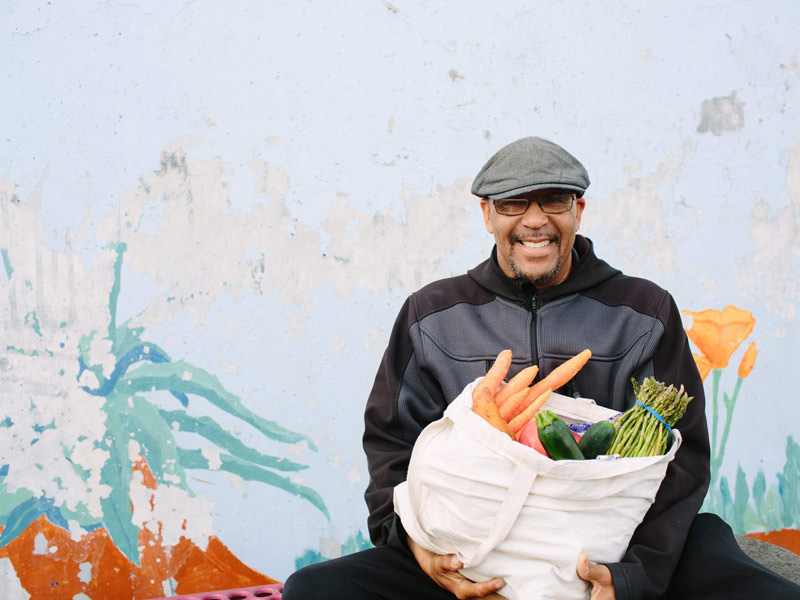
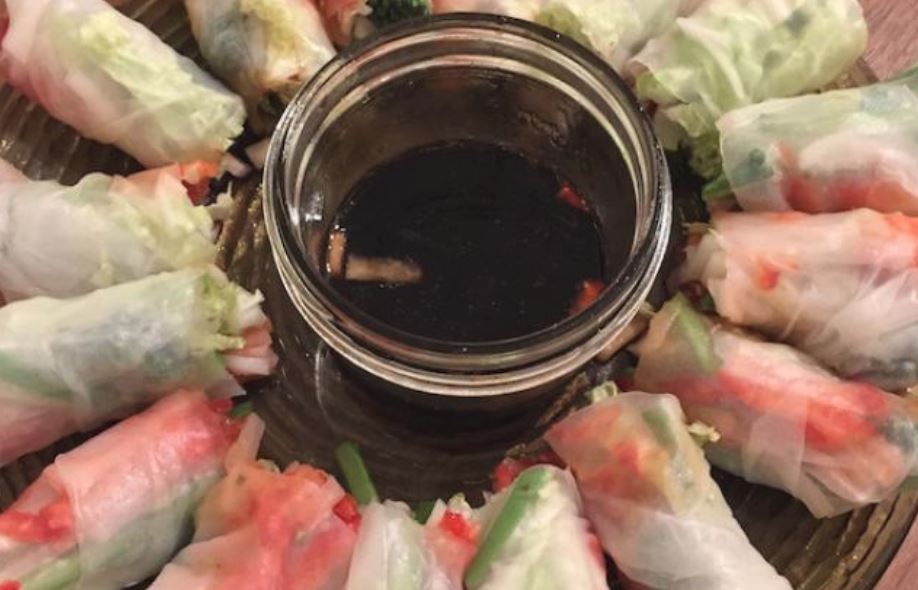
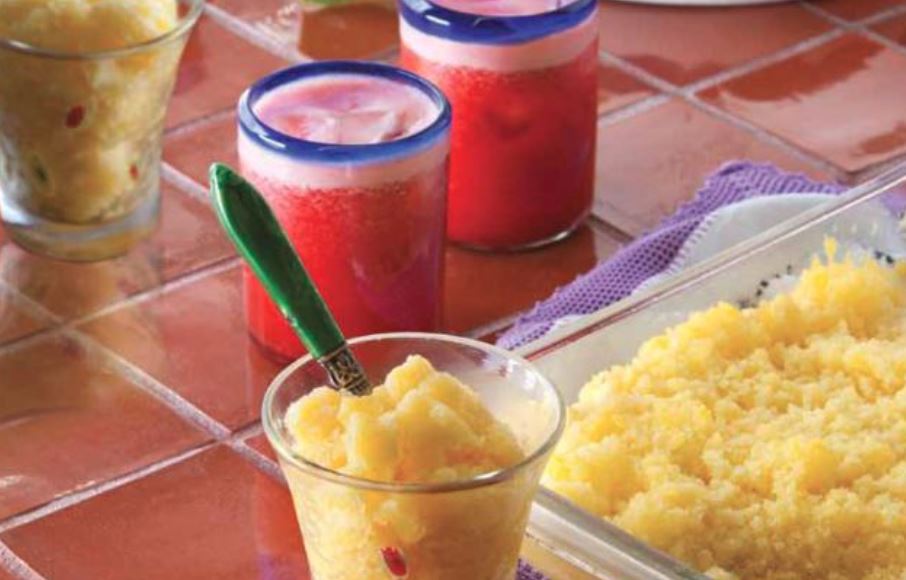
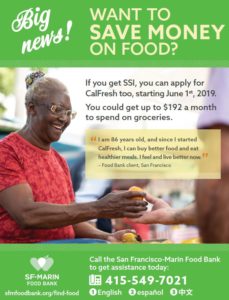

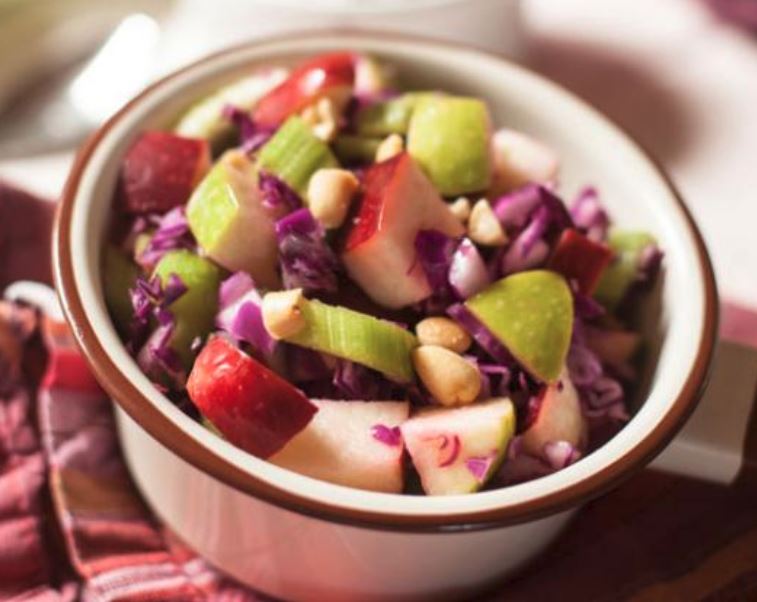 INGREDIENTS
INGREDIENTS
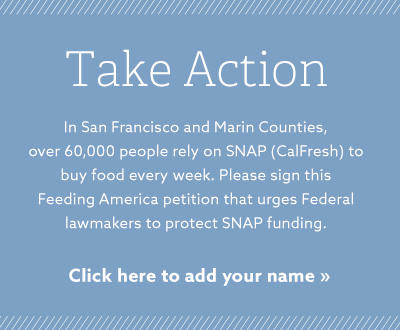
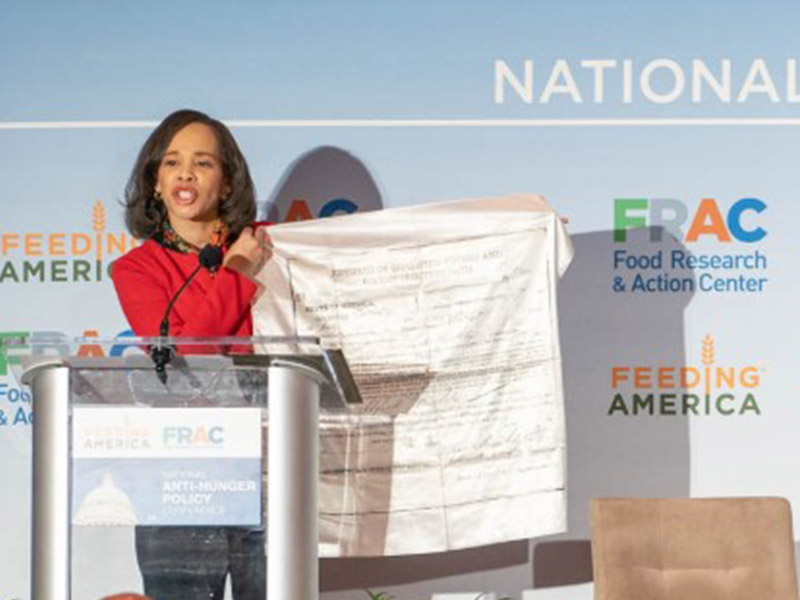
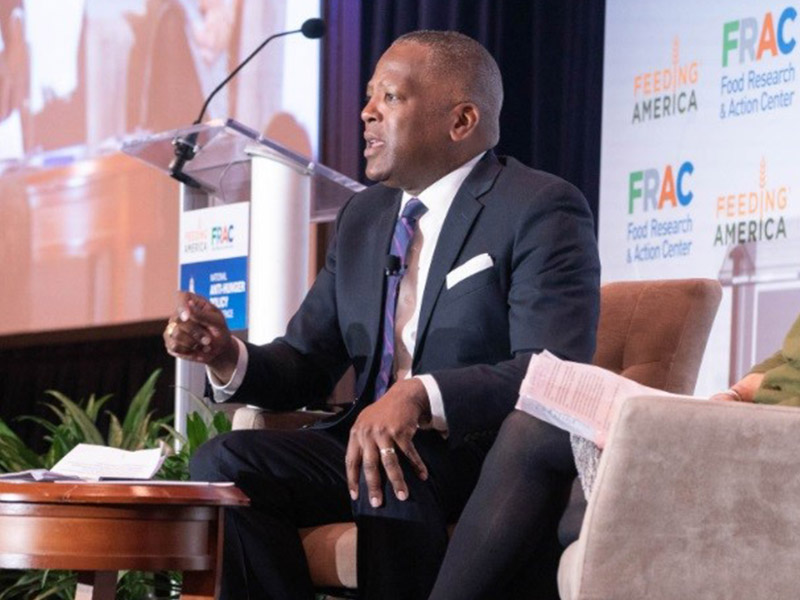
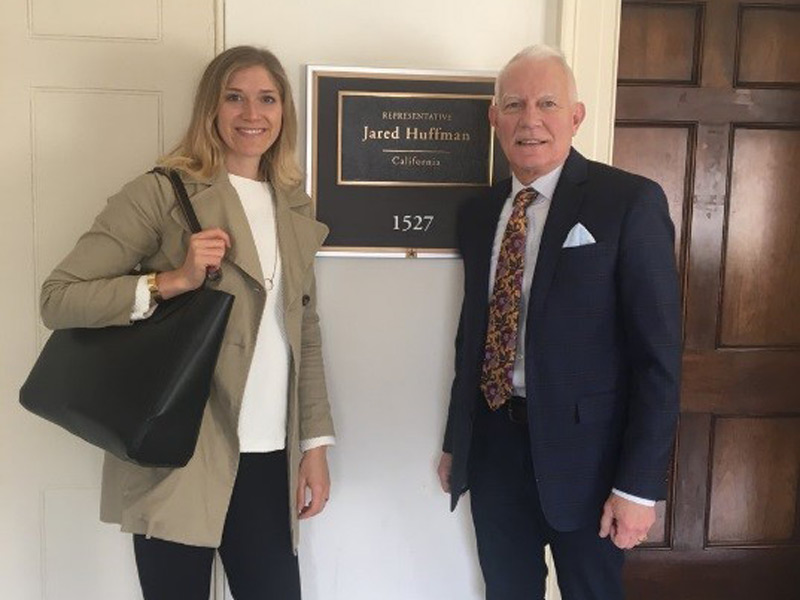

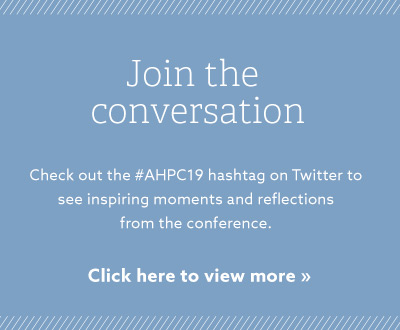
Share